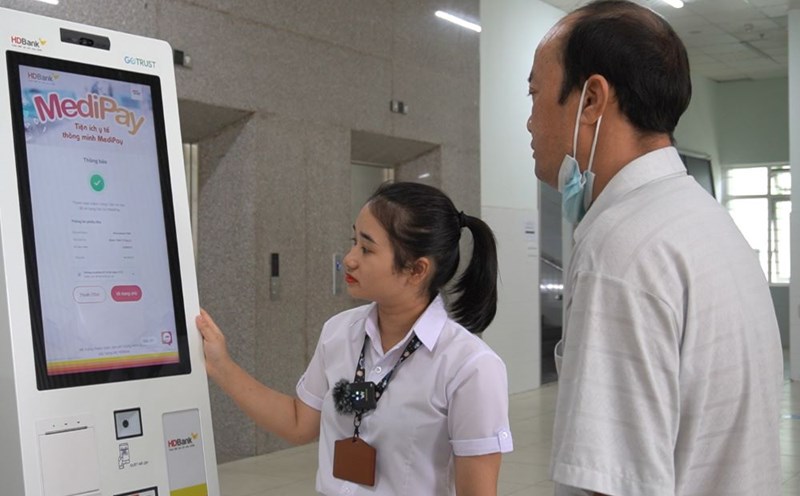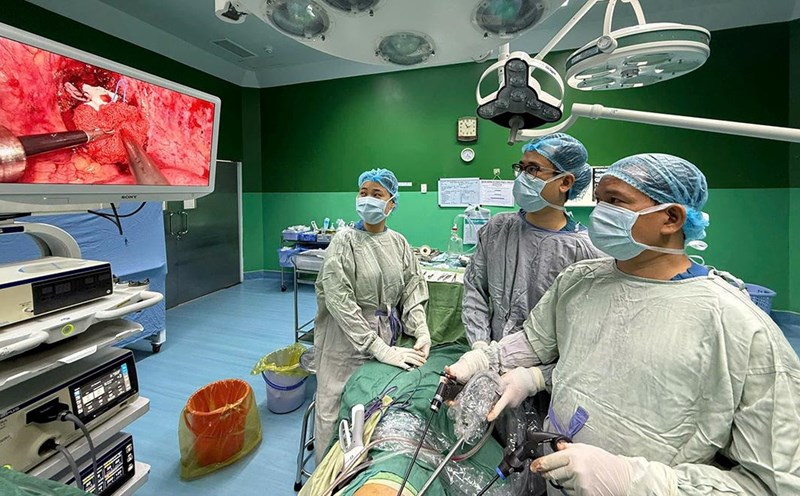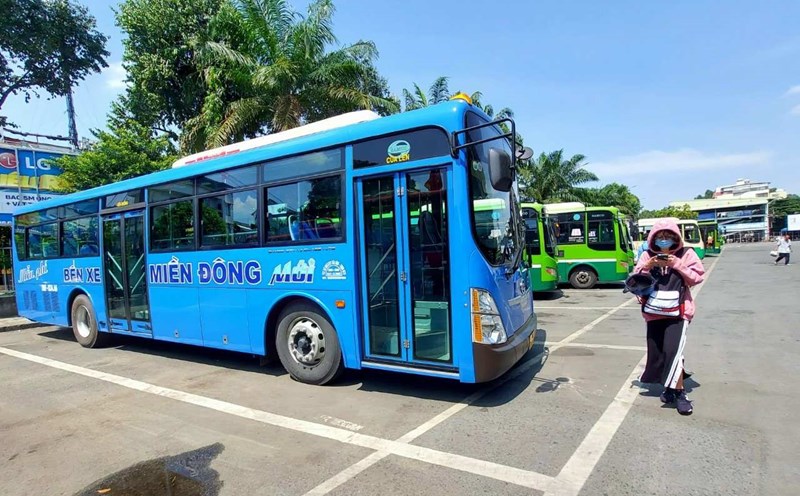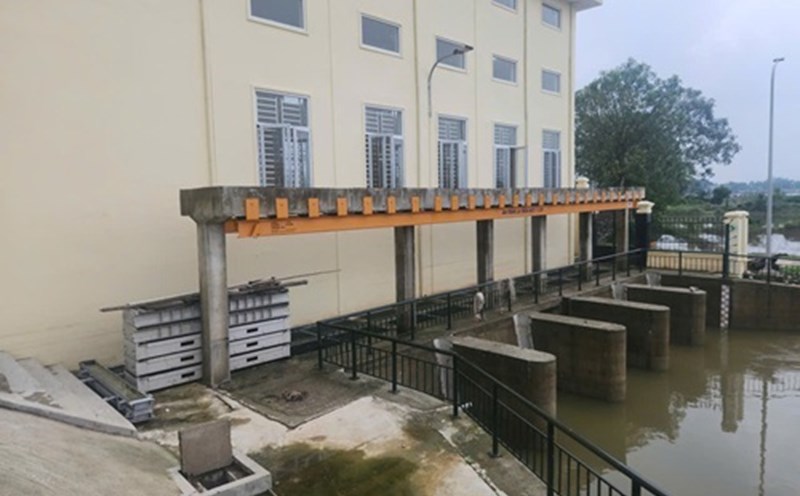Doctors at Da Nang Hospital have just activated the "In committed red alert" process, coordinating with interdisciplinary teams to save the life of an 18-year-old female student with multiple injuries, severe blood loss, respiratory failure, and circulatory failure due to a traffic accident.
Previously, patient T.N.P.U. (18 years old, residing in Ba Na commune, Da Nang city) was transferred to Da Nang Hospital by the 115 Emergency Center in a state of drowsiness, white mucous membranes, tight abdominal tightness, chest and abdominal pain, deformed left arm, blood pressure that could not be measured, peripheral artery that could not be caught. Urgent ultrasound detected a large amount of blood loss in the abdomen.
Determining this to be an emergency emergency emergency emergency, the duty shift reported to the leadership, activated the "Hospital Red Alert", mobilized all resources, and took the patient directly to the operating room with a diagnosis of multiple injuries, closed abdominal injuries, closed chest injuries, broken left arm, and facial injuries.
In just a few minutes, doctors and nurses from many related specialties such as Anesthesia and Resuscitation, Gastroenterology, Thoracic Surgery, Neurosurgery, Urinary Surgery, and Trauma Surgery were present at the operating room, coordinating in parallel between anesthesia and resuscitation and surgery.
The teams performed simultaneous surgery, cathetaring the pleura, bloodying the left arm, and performing abdominal surgery. BSCKII Tran Van Nghia (Department of Gastroenterology, Da Nang Hospital) said that when opening the abdomen, a series of severely damaged organs were discovered: grade IV spleen rupture, grade II liver injury, grade I adverse kidney injury, stomach rupture, small intestine rupture, colon rupture, abdominal blood overflow.
Priority is given to stopping the patient's blood with sternum and liver stitching in parallel, plaque-shaped stomach cutting, small intestinal connectation cutting, and colon connection cutting with Stapler devices to stop blood quickly, shortening the surgical time.
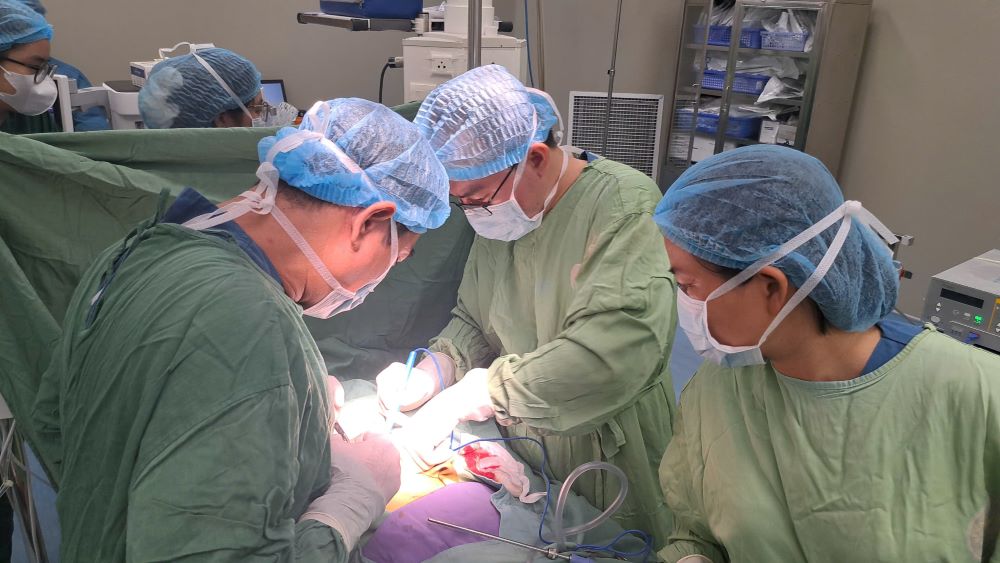
"This is an extremely complicated case, life is only counted in minutes. If delayed, the patient may not survive. During the surgery, the patient had to be given 10 units of blood and blood products, and used high doses of vasopressors to maintain blood thermogenesis. The anesthesia and resuscitation teams and the surgical team coordinated quickly and accurately in a timely manner, so they handled the damage well as stabilized the blood flow right on the operating table, Dr. Nghia added.
According to Dr. Ha Phuoc Hoang - Deputy Head of the Anesthesia and Resuscitation Department, Da Nang Hospital, the key factor saving the patient's life is to activate the "Red Alert" process in a timely manner, along with the smooth coordination between specialties, the extensive experience of the surgical team, anesthesia and resuscitation and the use of modern blood counting techniques.
After surgery, the patient was put on a ventilator and actively resuscitated at the Extraterrestoration Department (Department of Anesthesia and Resuscitation). After 10 days of treatment, the patient's health condition improved, and he was transferred to the Department of Gastroenterology for further monitoring. The patient is currently conscious, eating normally, having stable vital signs and has been discharged from the hospital.

